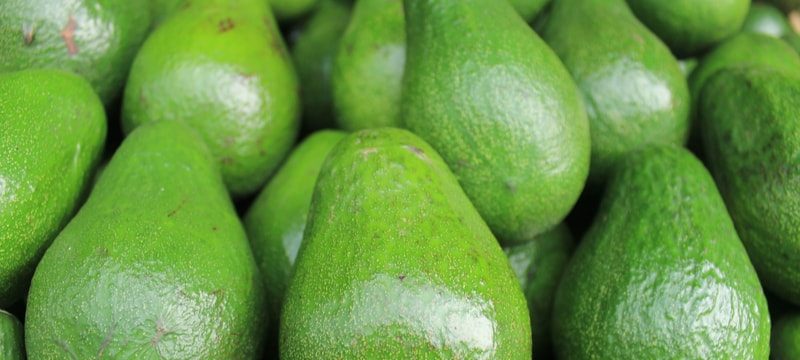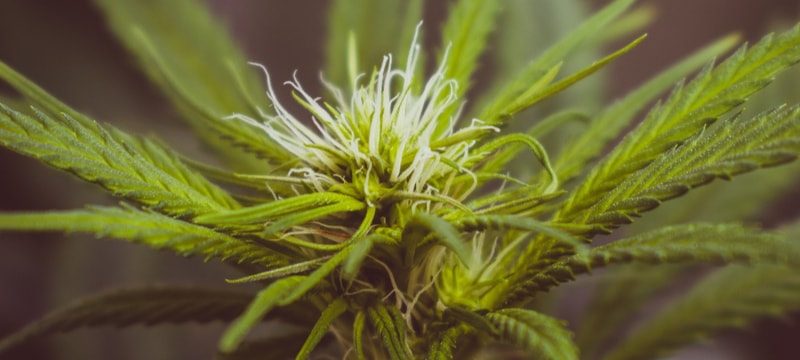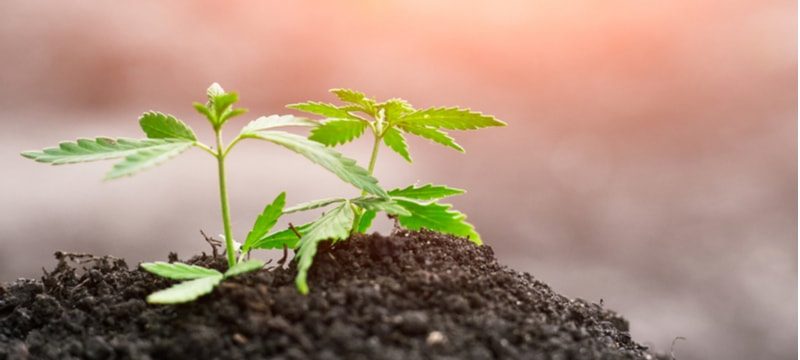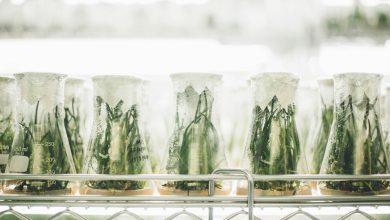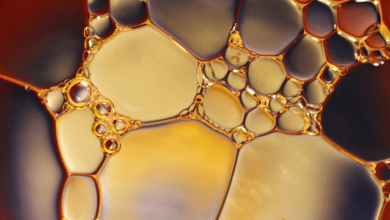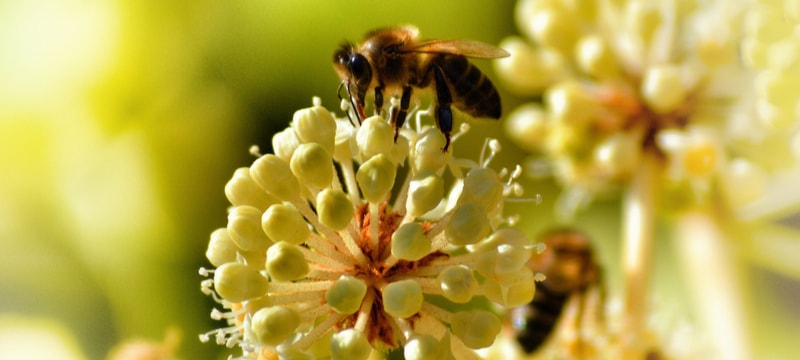
In a rapidly overheating world where government leaders fail to make the necessary strides towards environmental sustainability, individual consumers are left feeling the brunt of responsibility when it comes to saving the planet. This means keeping a reusable bag on hand for your shopping, walking and cycling more than you drive, taking public transport, and giving up meat and dairy in favour of veganism.
This move towards “cleaner living” has resulted in the wellness industry expanding at break-neck speed. But after every trendy new wellness product that comes along, there often seems to be an inevitable backlash that follows when something seems just a bit too good to be true.
RELATED: The hemp milk market is set to grow exponentially
Take avocados: Despite the fact that the ubiquity of avocado toast has been used to taunt millennials over everything from the housing crisis to why we can’t afford diamonds, many sustainably-minded restaurateurs have removed avocados from their menus altogether amid links to deforestation and gang violence in South America.
Then, eco-warriors around the world dropped almond milk in favour of oat milk when it was revealed that the former used a gallon of water per almond to produce. And to add insult to injury, 80% of the world’s almonds are grown in California which has been stricken by drought for decades. Many believe CBD can help ailments from dementia to anxiety.
So what about CBD? As one of the fastest growing wellness trends of recent years, these days you’re more likely to see some cool 20-something carrying a latte made with CBD instead of almond milk. Plus, it promises to ease all of your anxiety around the fact that the ice caps are melting five times faster than they were in the ’90s. But just how environmentally sustainable is CBD?
RELATED: Europe proving resistant to CBD-infused water
Table of Contents
Versatility
When looking at the sustainability of CBD, you have to look at industrial hemp – the plant from which CBD is most commonly derived. While CBD can also be derived from cannabis, given its illegal in most parts of the world cannabis-derived CBD doesn’t take up a huge portion of the market. In response to the growing hype around CBD, hemp has been touted as a ‘miracle crop’ because of just how versatile it is, as it can be grown for either fibre or its seeds.
Hemp fibres can be used to make paper and fabric, while hemp seeds can be used to make hemp seed oil and hemp milk, which is popular plant milk among vegans and those with lactose intolerance thanks to its rich quantity of omega-3s.
Hemp is also quite a hardy plant, it doesn’t require any herbicides and only very few pesticides to flourish. It’s also an excellent rotation crop and prevents the growth of weeds while also working to loosen the soil to prepare for winter crops.
If hemp really is so versatile, why aren’t we using it for everything?
While hemp is a relatively low-maintenance plant to grow, things get far more difficult when it comes to actually harvesting the fibres and seeds. Cultivating hemp is an incredibly labour intensive process, which is why it costs roughly 6 times as much as wood pulp to produce. On top of that, the process of extracting CBD from industrial hemp is even more costly and labour intensive. So if you’ve ever wondered, “Why is CBD oil so expensive?”, now you know why.
However, with the right framework, hemp could be the right crop to help farmers move away from industries that are becoming less environmentally and economically viable like tobacco and dairy, while still sustaining agricultural jobs.
In the United States, the 2018 The Farm Bill introduced pilot programmes for farmers to support them in switching over to hemp production, a move which comes particularly easy to tobacco farmers. Given the similarity of the crops and the methods used to harvest them, tobacco farmers are poised to adapt much more seamlessly to hemp production than dairy and soybean farmers.
Just last year, the producers of Marlboro cigarettes Altria Group Inc made a $1.8 billion investment in a Canadian cannabis company in response to the steady decline of cigarette sales. Since the legalization of industrial hemp in the 2018 Farm Bill, tobacco farmers in Kentucky are moving towards hemp cultivation in an effort to sustain their livelihoods as tobacco production has fallen 90% in the last century.
Hemp vs Cotton
Considering the fashion and garment industry was recently revealed as one of the worst industries for contributing to pollution, attention has turned towards hemp as a more environmentally friendly fabric.
Unfortunately when it comes to fabrics, whether or not a material is environmentally sustainable is complicated by a variety of factors. The best marker of a fabric’s sustainability is in how much energy is required to produce the raw materials, but even then there are other factors at play.
Considering polyester is a petroleum-based synthetic fabric, a tremendous amount of energy goes into extracting oil to produce it – roughly three times as much energy as organic hemp and cotton.
While cotton requires less energy to produce, it requires much more land to actually grow. To produce a ton of processed fabric you would need twice as much land to grow cotton than you would to grow hemp. Considering polyester is produced from oil, it also requires a fraction of the land used to make cotton.
When it comes to water usage, hemp and cotton require enormous amounts of water to produce, while water is actually a waste product of producing polyester. However, polyester leaks microscopic particles of plastic into water when its washed, which contributes to the rising level of microplastics polluting the ocean.
Innovations in Science
In response to the booming success of CBD, scientists have even turned to produce CBD and other cannabinoids from yeast, which cuts down on electricity used to grow plants in grow houses. In an interview with Science Daily, one of the researchers involved in the project stated –
“The economics look really good […] The cost is competitive or better than that for the plant-derived cannabinoids. And manufacturers don't have to worry about contamination — for example, THC in CBD — that would make you high.”
However, this science is still a long way away, as regulations around producing regular old industrial hemp are still stuck in a legal grey area in the UK, Europe and the United States.
Currently, there doesn’t seem to be a concrete answer when it comes to knowing how environmentally sustainable CBD is. It’s impossible to know just how sustainable CBD could be, without a framework for steady regulation and incentives for farmers. As science starts to prove out the potential benefits possibly including patients suffering from arthritis using CBD and some seeing results.
May we stress – the biggest trick capitalism ever played was making individuals feel paralysed by guilt for needing to buy a plastic bag to carry their organic, cage-free eggs home from Tesco. While we all need to make efforts to reduce our carbon footprint and live more sustainable lives, ultimately the people with the most power are sitting in parliament – so the best thing you can do to help the climate crisis is lobbying your MPs, and vote people into power who can actually try to create positive change.
RELATED: Environmental leaders in the medicinal cannabis sector

